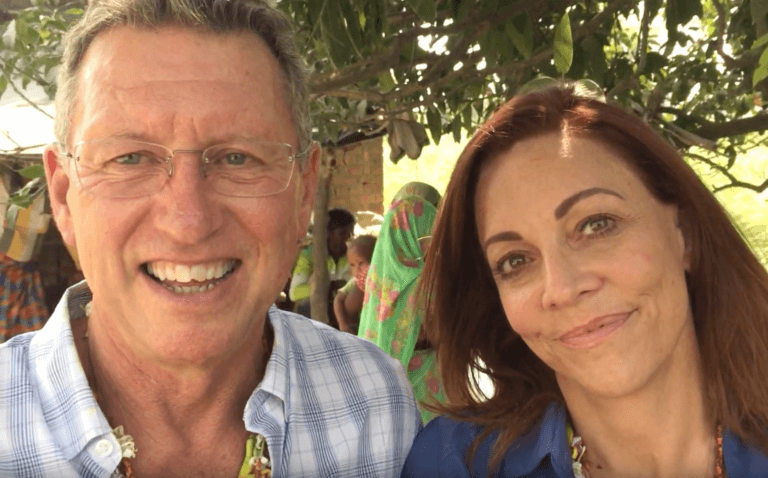freed
Sarawan
105
Villagers freed from slavery
49
Children educated
04
People tracked down and brought home after being trafficked to a different state
45
Vulnerable people empowered to avoid the slavery trap
The Story of Sarawan
Like many of the villages where we work, most of the people in Sarawan were born into the lowest caste called Mushar or “rat eaters.” Surrounded by upper caste, slave owners, and brick kilns, they were obvious targets for debt-bondage slavery. After a brutal beating from the slaveholder who threatened to kill some community members, they ran and hid in a neighboring village that had a few members of the federation of former slaves. These former slaves notified our frontline workers then led our team into a dark hut where 7 men and women sat afraid, but ready to speak. The process of showing up, listening, and building trust began.
The slaveholder was very determined to create hurdles for our frontline team. He continued to threaten the community and our frontline workers. Finally, the team convinced the parents to send their children to Schools4Freedom, but the villagers were still so afraid of the slaver holder they wouldn’t allow for any of the structures to be used as a classroom. The Schools4Freedom teachers taught outside until a small group of women went to the teachers and offered the hut in the center of the village. When asked what made them change their minds, the women replied, “We do not afraid from the slave owners now, we have to be free from the exploitation of the slave owners. We are seeing the roadmap of our freedom and it passes through the school”. Finally, there was trust, everyone was on the same page, and freedom was just around the corner.
Village Location:
India
Came to Freedom:
September 2016
Sponsors:
Hilary Carr, Steve O’Dell
The Path to Freedom
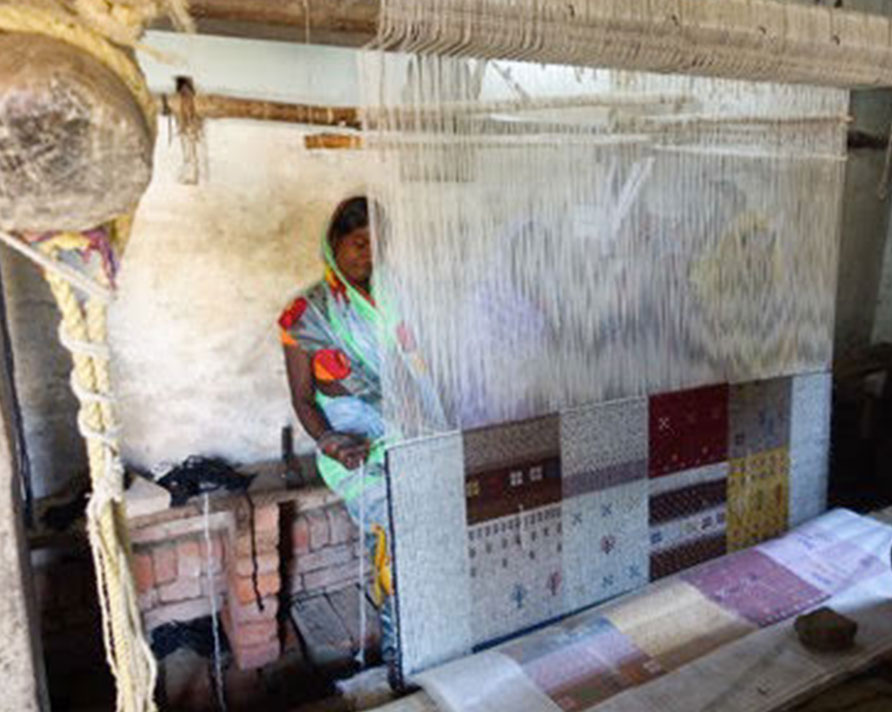
01
women & girls
confidence
02
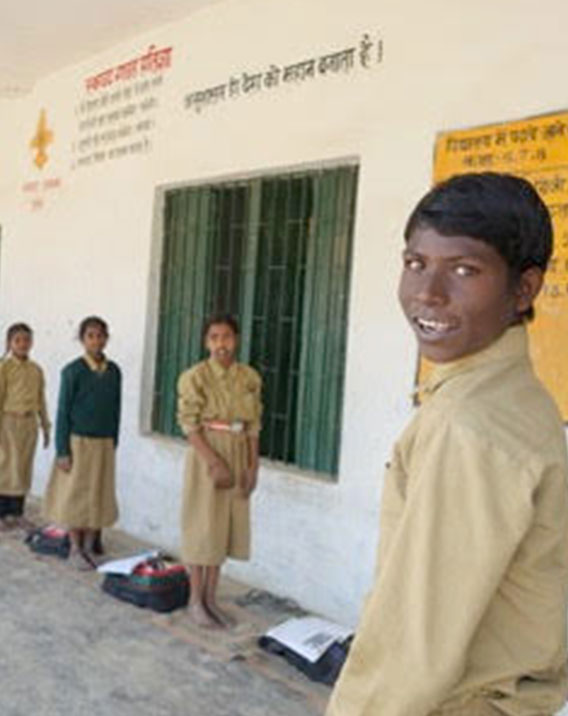
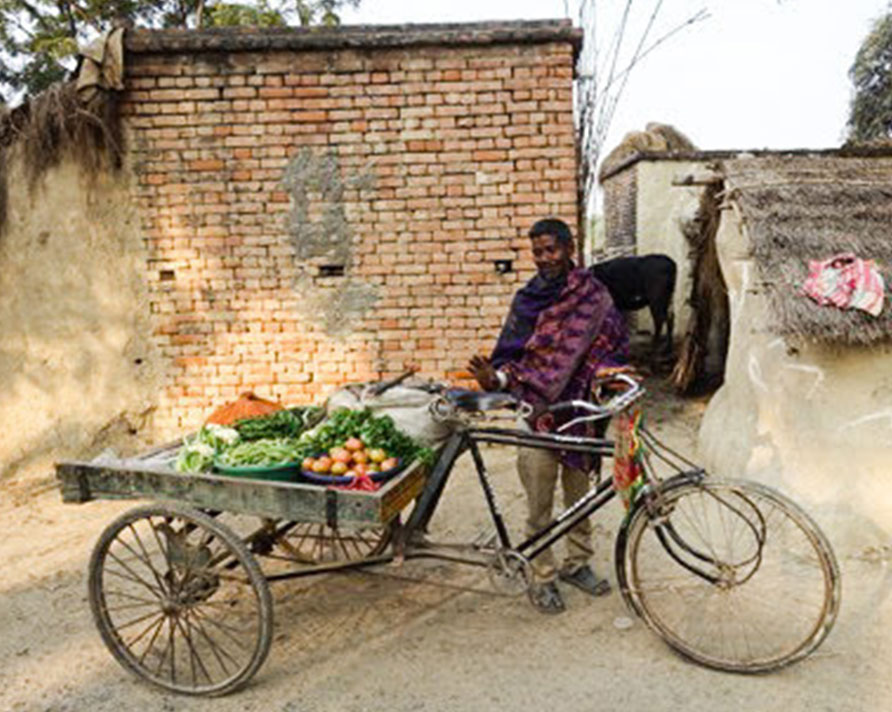
03
weaving freedom
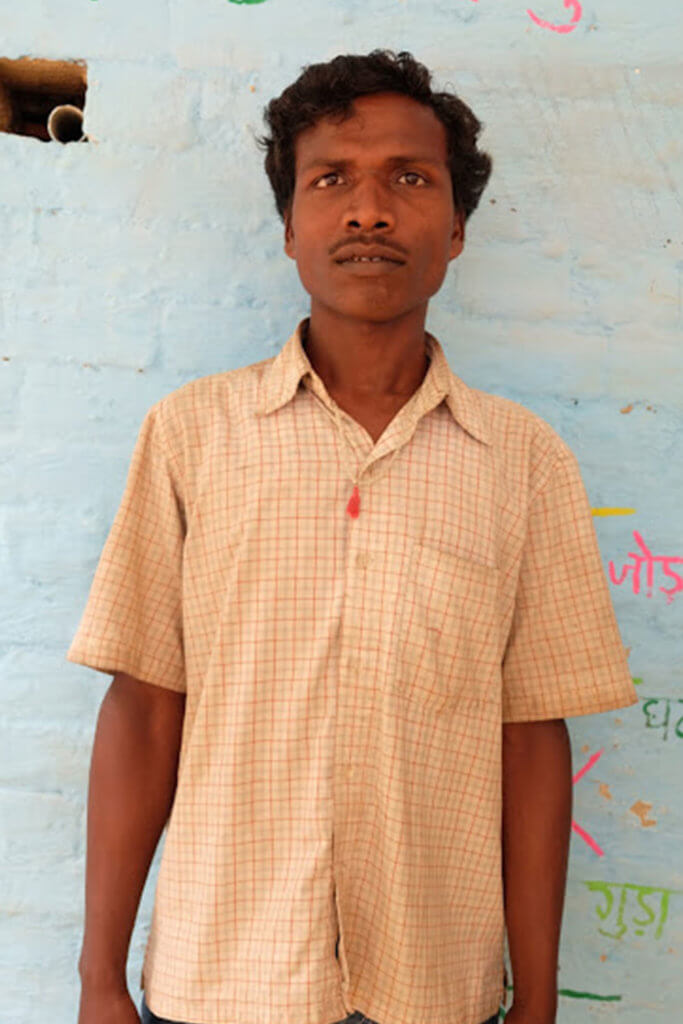
“S4F has given us second birth by opening school in my village.”
—Santosh, freed from slavery in Sarawan
“I was working with my parents in a brick kiln. I was living at the brick kiln too. I was in S4F for three years and I received many things. Currently I am in Govt. school and enjoy study.”
—Anchal
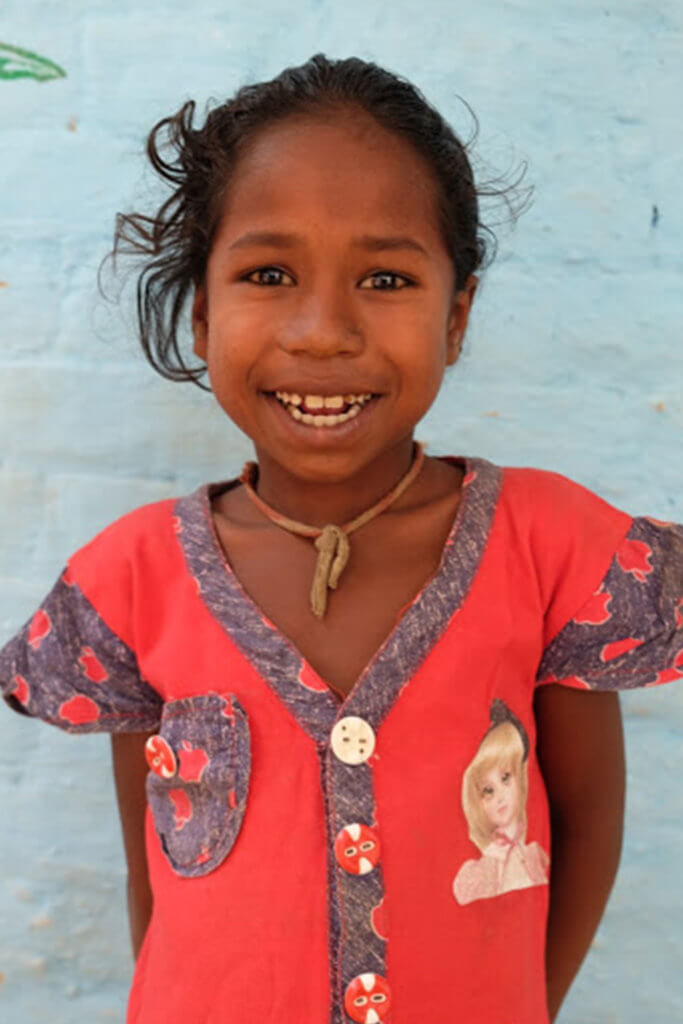
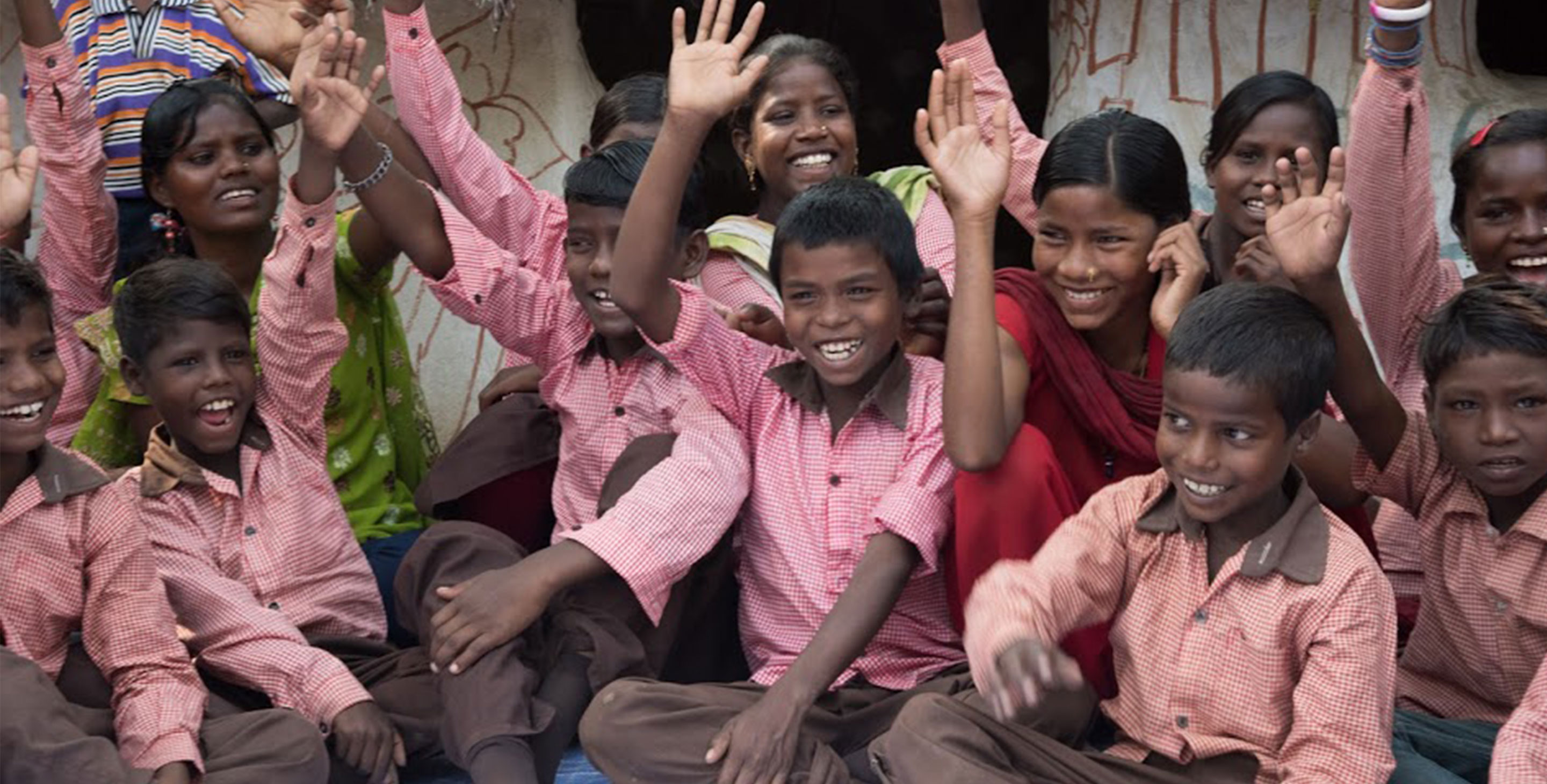
Schools4Freedom graduates in their new Indian Government School Uniforms.
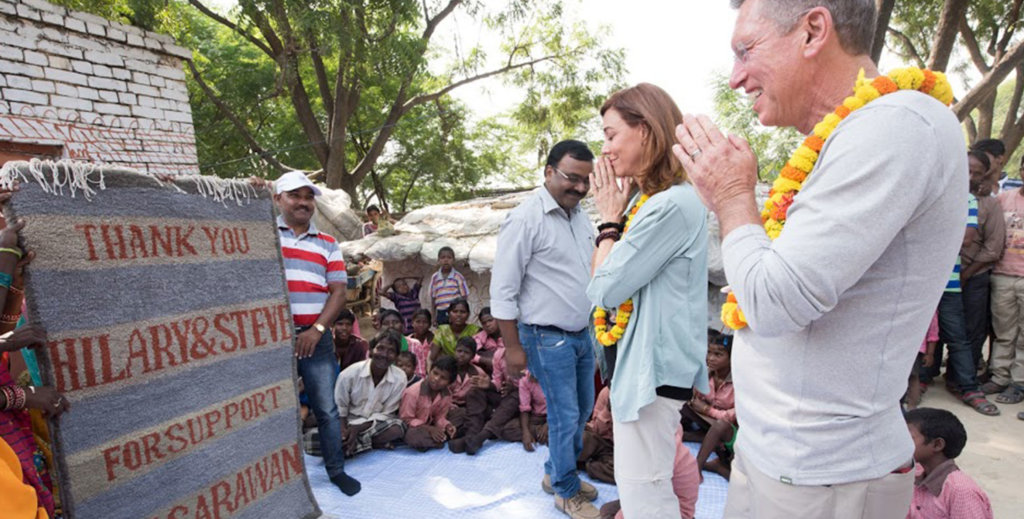
Sponsors, Hilary and Steve receiving a beautiful and unexpected gift from the newly freed village of carpet weavers.
village sponsors
Hilary & Steve
Hilary and Steve have continued to find creative ways to support Voices4Freedom that include sponsoring a 2nd village and matching funds for our Giving Tuesday campaign where we funded and entire village in 24 hours!
